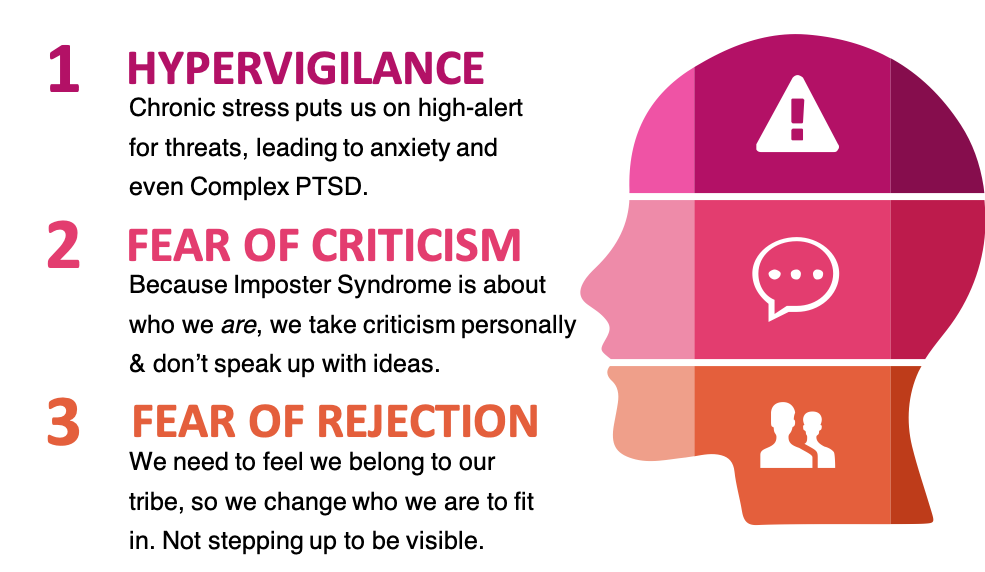With the news from the UK’s health service that so many of its staff are close to burnout that it is jeopardising its ability to look after patients, describing burnout as being at ’emergency levels’, it is time for all of us to heed this warning sign, before it’s too late.
15+ months of remote working, juggling carer responsibilities, the stress of lockdowns, the anxiety of Covid, and now the threat / promise of returning to the office, and too many people are on their knees. The adrenalin and team spirit that took us through the early stages of the pandemic have fizzled out and people have drained even their reserve batteries for energy.
This chronic stress causes problems with:
- Performance – there are neuroscience reasons why stress makes it hard for us to concentrate and perform to our best.
- Productivity – chronic stress often triggers latent perfectionism, slowing projects down, and secret procrastination, as people avoid the tasks that cause them anxiety or worry
- People – long-term stress damages relationships, both at work and at home, and it can turn a team toxic in just a few weeks
- Profit – in addition to the above points, long-term stress kills creativity and makes innovation feel about as safe as a first-timer’s parachute jump
And these factors have also created a perfect storm for Imposter Syndrome. My 2021 Imposter Syndrome Research Study (results due in September) shows that rates and severity have sky-rocketed. And this creates another problem that leads to burnout:
Hypervigilance
Hypervigilance is where we become wired by stress to look for threats, and see them in things that wouldn’t normally trigger fear or anxiety. For example, a throwaway comment from a colleague in a meeting could be taken as personal criticism, or the tone of an email might be misinterpreted as an attack.
There are three ways that hypervigilance interacts with Imposter Syndrome (which affects just over half of your team members daily or regularly) to trigger burnout:

Helping people to come down from the chronic stress they have been experiencing and preventing it from recurring needs to be a non-negotiable part of our hybrid strategies, as people start to return to office working.
But cutting stress levels doesn’t mean everyone will suddenly be lazy and too chilled out.
The opposite of stress isn’t sloth; it’s relaxed alertness, which is the key to peak performance.
There’s more to this than the occasional wellbeing day or an online mindfulness course – they don’t tick the burnout-prevention wellbeing box, no matter how much we pretend they do.
There are three core pillars for achieving this urgently needed reduction in stress levels, to prevent the burnout epidemic that is fast on the heels of Covid:
1. We need to address environmental factors
These are external to the individual and include things like their commute, the office / home-working environment, the equipment people need to do their job well. They can also include their carer responsibilities and sources of stress outside of work.
2. We need to address cultural factors
So many of my clients are beyond exhaustion at the moment because their Teams ‘pinging’ feels like another inbox, to which near-instant responses are expected, or the ‘pinger’ escalates the message to their manager.Many of my clients find they have back-to-back meetings all day, leaving them no time to eat, and getting their ‘normal’ work done can only start when the meetings stop.
Many organisations have allowed employees to blur the boundaries between work and home, making it ok to still be replying to emails at midnight, not cutting workloads when people were struggling.It’s important to ask yourself, without judgement or getting defensive, which practices in your organisation could be triggering stress and anxiety for employees – and what you can do about them.
3. We need to teach people to become naturally resilient
Resilience has, rightfully, become a dirty word. It is seen as the need to bounce back from adversity and to be able to push on through stress and challenges. This actually makes stress worse and can lead to serious mental health issues – as well as the hypervigilance we discussed, above.
Instead, I teach the Natural Resilience Method™. In this, people learn how to calm their nervous system quickly and easily, how to Rewire Your Brain to tame the negative self-talk that can make stress worse, how to reset the hypervigilance response, and how to get back in flow, instead of forcing their way through their day with a furrowed brow and gritted teeth.
When we combine these three pillars, we have an amazing opportunity to shift our teams from surviving to thriving, with the ensuing benefits both for individuals and organisation.
To support you with this, I’m running the 2021 Lockdown Leadership Conference and this year’s theme is Making Hybrid Work.
I’m interviewing experts on everything from preventing burnout to how to create a genuinely inclusive working culture, when teams are split between home and office.
You can find out more and get your ticket (free) here.
And I’d love to hear from you:
What are you doing to prevent burnout in your organisation?
And how do you think we should handle companies where burnout is seen as a badge of honour?
